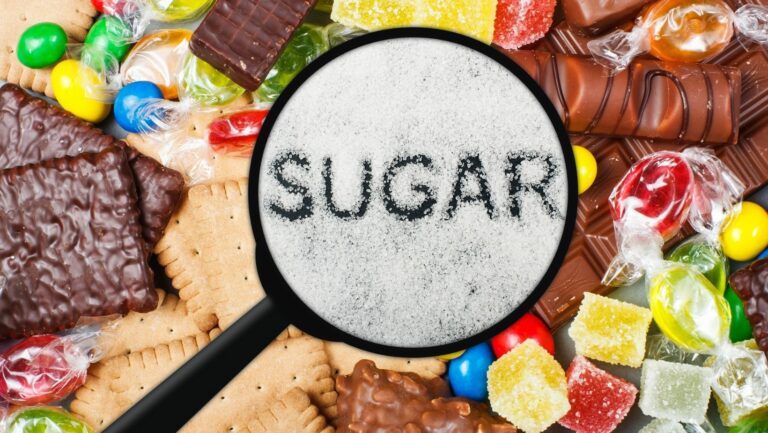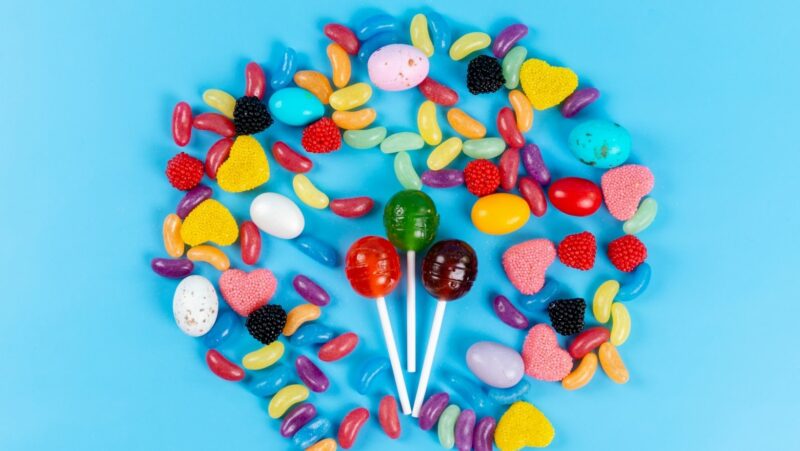Is sugar as bad for kids as it is for adults? There are a lot of talks these days about the dangers of sugar. The fact that white sugar should not be given to children can be heard from dentists and many supporters of healthy eating. But does it bring the human body only harm, or this product has useful properties? And when can babies and children have sweets? In our article, we also take a look at the healthier sweet snacks you can offer your young kids instead of sweets and also enjoy yourself while online gambling, watching TV, or playing with your kids.
The Pros And Cons Of Taking Sweets
For a child, sugar is primarily a source of fast carbohydrates, which give the child’s body energy for active movements and mental processes. Its use activates many processes in the child’s body, as well as has a positive effect on the work of the brain.
In addition, sugar affects the mood of the child, as the sweet taste of food brings pleasure. A good property is also its inhibiting effect on many harmful microorganisms, thanks to which it is used as a natural preservative.
There is also a negative effect on the intestinal microflora. Excessive sweets inhibit beneficial bacteria and activate fermentation processes, which may cause stool disorders and flatulence. High caloric content causes the risk of gaining excessive weight associated with excessive consumption of such a product. Sugar that is not spent by a child on activity is stored in the body and deposited in fat reserves.
Too much sugar in a child’s diet is also bad for his or her nervous system. Children who eat a lot of sweets are more excitable and irritable. Their behavior can be hysterical and sometimes with displays of aggression. There is also a negative impact on the absorption of vitamins, as well as on mineral metabolism. In particular, the consumption of such a product contributes to the leaching of calcium and provokes a lack of B-group vitamins.
Sugar consumption is one of the factors provoking the development of tooth decay. Sweet drinks can lead to bottle cavities, which cause the baby to lose baby teeth early, and this can lead to malocclusion. After consuming sweets, the child’s immune defense becomes weakened for a while. Babies quickly get used to the sweet taste and may refuse dishes in which it is not added, such as drinking weak tea with sugar and compote and refusing regular water.
When Children And Babies Can Have Sweets
Most pediatricians do not recommend adding sugar to a child’s food under two years. They believe that breastfed babies are quite sufficient to receive lactose from mother’s milk or adapted formula. At the age of over six months, natural sources of fructose and glucose in the form of fruit purees appear in the infant’s diet, and complex carbohydrates are obtained from cereals and vegetables.
Doctors recommend delaying the introduction of sugar as much as possible, but after one year, it is acceptable to add a small amount of sugar to a child’s dishes. The norm for kids under three years old is considered to be 6 grams of sugar per day and for children 3-6 years old, 7 grams of such a product.
As for sweet dishes, the menu for children the age of three years can include a little marshmallow, marshmallow, or marmalade, as well as homemade pastries and jams, chocolate, honey, and ice cream, and confectionery products are advised not to be given to children under three years.
Sugar, Sweets, And Good Snacks
The most common diet for children includes granulated sugar, which is obtained after the processing of sugar beets. It has white and contains sucrose. Grape sugar is also often used in children’s dishes. It is less harmful to the teeth dextrose.
Brown sugar may also be on a child’s menu. The raw material for this product is sugar cane. Because such unrefined sugar is less pure than white sugar, it retains some B vitamins and minerals. However, brown sugar has no other advantages because it also has a high caloric content and can provoke the same problems as beet sugar. In addition, it can cause allergies.
Another common substitute for regular sugar is fructose, which can be purchased everywhere in the departments of products for diabetics. Such a product is obtained from berries and fruits.
The main difference between this simple carbohydrate is that there is no sharp increase in blood sugar levels after consuming fructose. It does not require insulin production for its breakdown, so fructose is safe for diabetic patients. In addition, the sweetness of fructose is much greater than that of white sugar, so almost half as much product is used to produce the same sweet taste.
The Ultimate Snack Recipe – Tasty Granola Bars
If your child loves sweets but doesn’t really like cereal, here’s the perfect solution – oatmeal granola. For this snack, just mix raw oatmeal, different dried fruits (dates, figs, apricots, raisins), and seeds (pumpkin seeds, sunflower seeds, etc.) in a bowl. Add some honey to the mixture so that all the ingredients stick together, and place the mixture on a baking tray. Form a rectangle 1.5 to 2 centimeters high and cut it into bars of convenient size. Bake in the oven for 15 minutes and then leave to cool completely. You will have a very tasty snack and dessert you can give your child or enjoy yourself!
So, there are many smart alternatives to simple sweets you can include in children’s menus, but moderation in its consumption is also necessary, as an excess of fructose in the diet can cause obesity.




